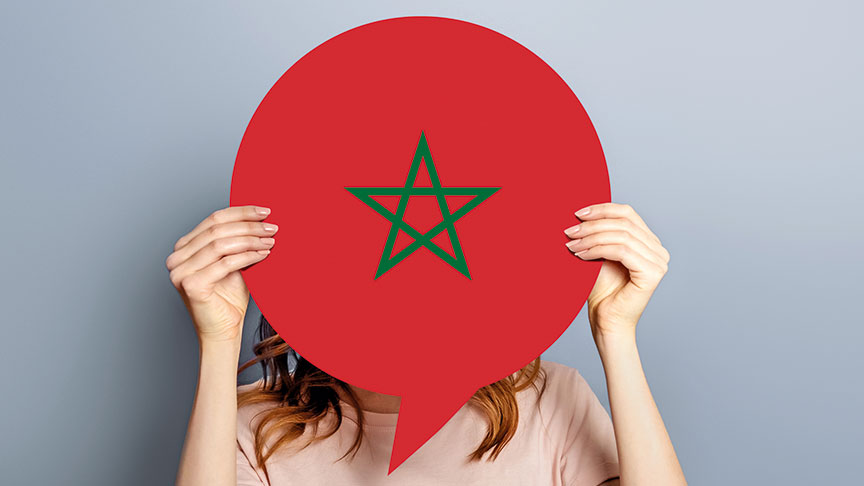Author: Ulrike Scheffer
At home in two languages
Professor Naima Tahiri is studying how Moroccan migrants communicate and what influence the country in which they grow up has on their language.

© Evgenia/stock.adobe.com
When children grow up multilingually, it enriches both the young people themselves, who can communicate in two or even more languages, and indeed society as a whole. But how does multilingualism influence language itself? This is something that Professor Naima Tahiri already studied intensively for her PhD. She explored how language usage among young speakers of the Moroccan Berber language Tarifit changes if they live in Germany – and also whether there are reciprocal effects, that is whether Tarifit influences their German.
She found that the age at which Tarifit speakers learn German tends to determine which language influences the other. Naima Tahiri also discovered that multilingual immigrants combine the two languages in creative ways on social media.
“The younger ones generally learn Tarifit and German at the same time,” the German-Moroccan linguist explains. However, German predominates in their everyday communication. This situation increases the influence of German on Tarifit, which gradually adapts phonetic, word and sentence structures to German. Naima Tahiri also noted changes in the native language of those Tarifit speakers who learn German later in childhood or as adolescents. Yet, these changes are significantly less pronounced. On social media, young people who speak both Tarifit and German usually mix the two languages, a phenomenon known in linguistics as “code-switching”.
Tarifit, which is not a written language, is expressed in this context using Latin characters. Sounds that do not exist in the Latin alphabet are replaced by numbers. A functional transcription system has become established for each Berber language.
During her research, Naima Tahiri was able to identify certain patterns in the way young Tarifit and German speakers alternated between the two languages on social media. Posts relating to the Islamic religion or Moroccan culture, for example, are generally written in Tarifit. “In addition, young people from migrant families tend to use Tarifit for greetings, terms of endearment and other ritualised forms. They use the language as a means of creating proximity.”
This way, some Arabic words have been successfully incorporated into German. Though “habibi” may not appear in the German dictionary Duden, in German schools, everyone knows that the word refers to a loved one. On the other hand, “mashallah” and “inshallah” were included in the Duden long ago.
About the researcher: Professor Naima Tahiri (49) grew up in Germany, where she optained a degree and PhD in German studies. Today she lives in Morocco and teaches linguistics and German as a foreign language at Sidi Mohamed Ben Abdellah University in Fez. In addition, she has been involved in various DAAD-funded academic cooperation projects with Paderborn University.
